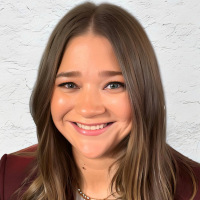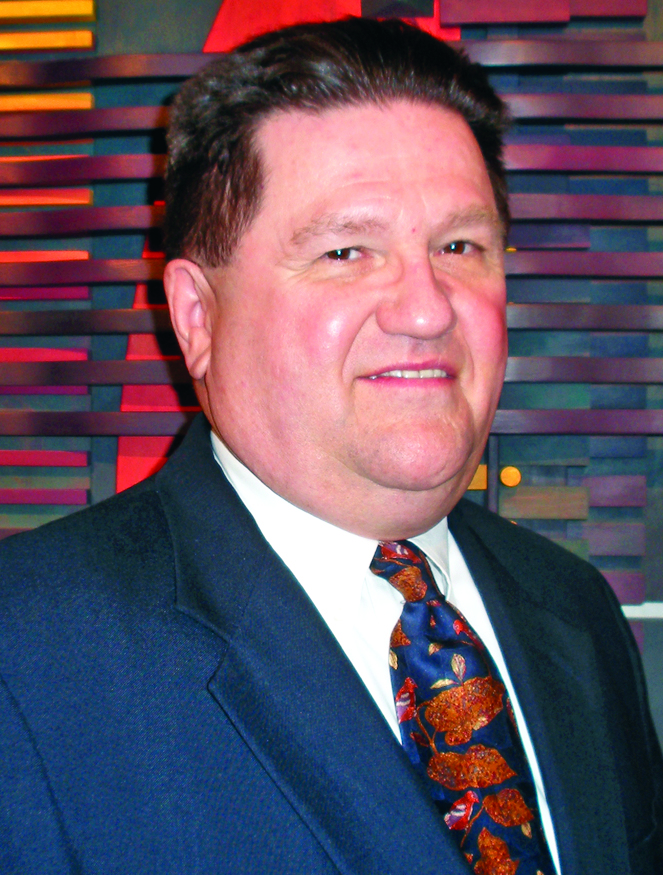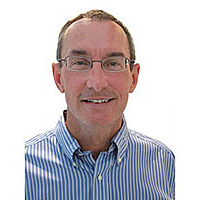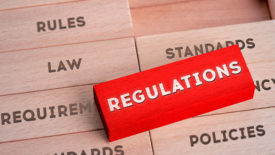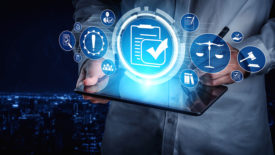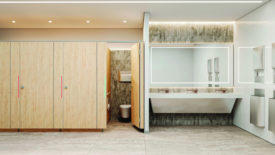Columnists
Editor's Note | Nicole Krawcke
Submit your nomination for our annual Top 20 Under 40 Contest by June 28.
Read More
Plumbing Talking Points | David Dexter
Plumbing application and implementation varies around the world
Plumbing, what is it?
June 5, 2024
Guard on Compliance | Misty Guard
Dissecting IAPMO’s proposed code change monographs
The UPC and UMC received over 650 code change proposals.
June 3, 2024
Renewable Heating Design | John Siegenthaler
3-way diverter valves: Part 2
Real world valve applications.
May 30, 2024
Editor's Note | Nicole Krawcke
MEP engineers are the Earth’s unsung heroes
Sustainable solutions significantly contribute to protecting the environment.
May 13, 2024
From the Mechanical Room | Dave Yates
30-year-old hydronic system repaired after construction damage
PEX front of mind
May 8, 2024
Strategic Plumbing Insights | Christoph Lohr
The importance of third-party product standards and professional qualifications
Industry professionals should engage in the development of new standards and serve on technical committees to help shape the future of plumbing and mechanical systems.
May 6, 2024
Guard on Compliance | Misty Guard
Navigating product access in the US
Decoding the relationship between standards and regulations.
May 3, 2024
Renewable Heating Design | John Siegenthaler
3-way diverter valves: Part 1
Digging into motorized 3-way diverter valves and actuator options.
May 1, 2024
Editor's Note | Nicole Krawcke
Designing with privacy in mind
Annual survey results emphasize the importance of privacy in public restrooms.
April 12, 2024
Keep the info flowing with our eNewsletters!
Get the latest industry updates tailored your way.
JOIN TODAY!Copyright ©2024. All Rights Reserved BNP Media.
Design, CMS, Hosting & Web Development :: ePublishing

